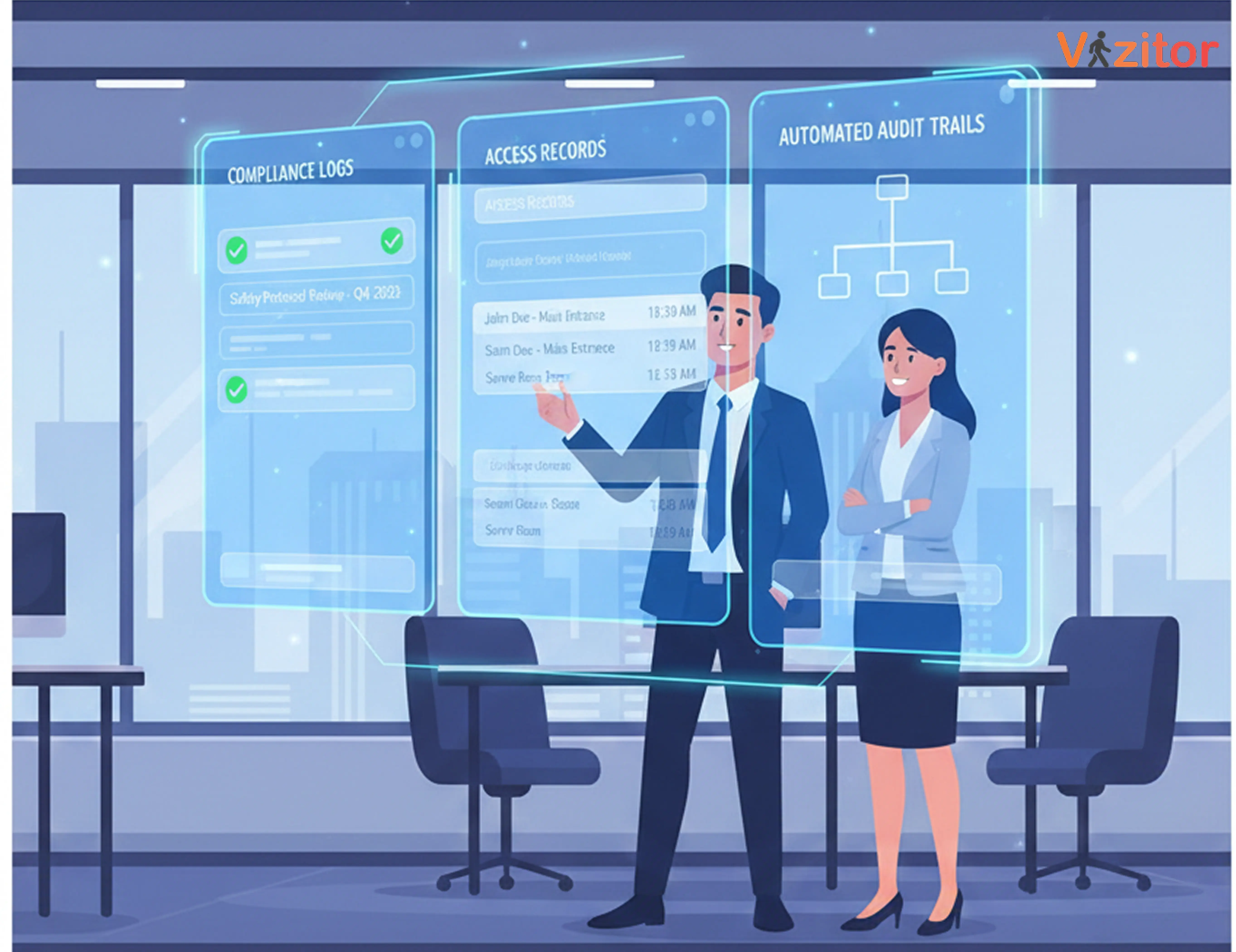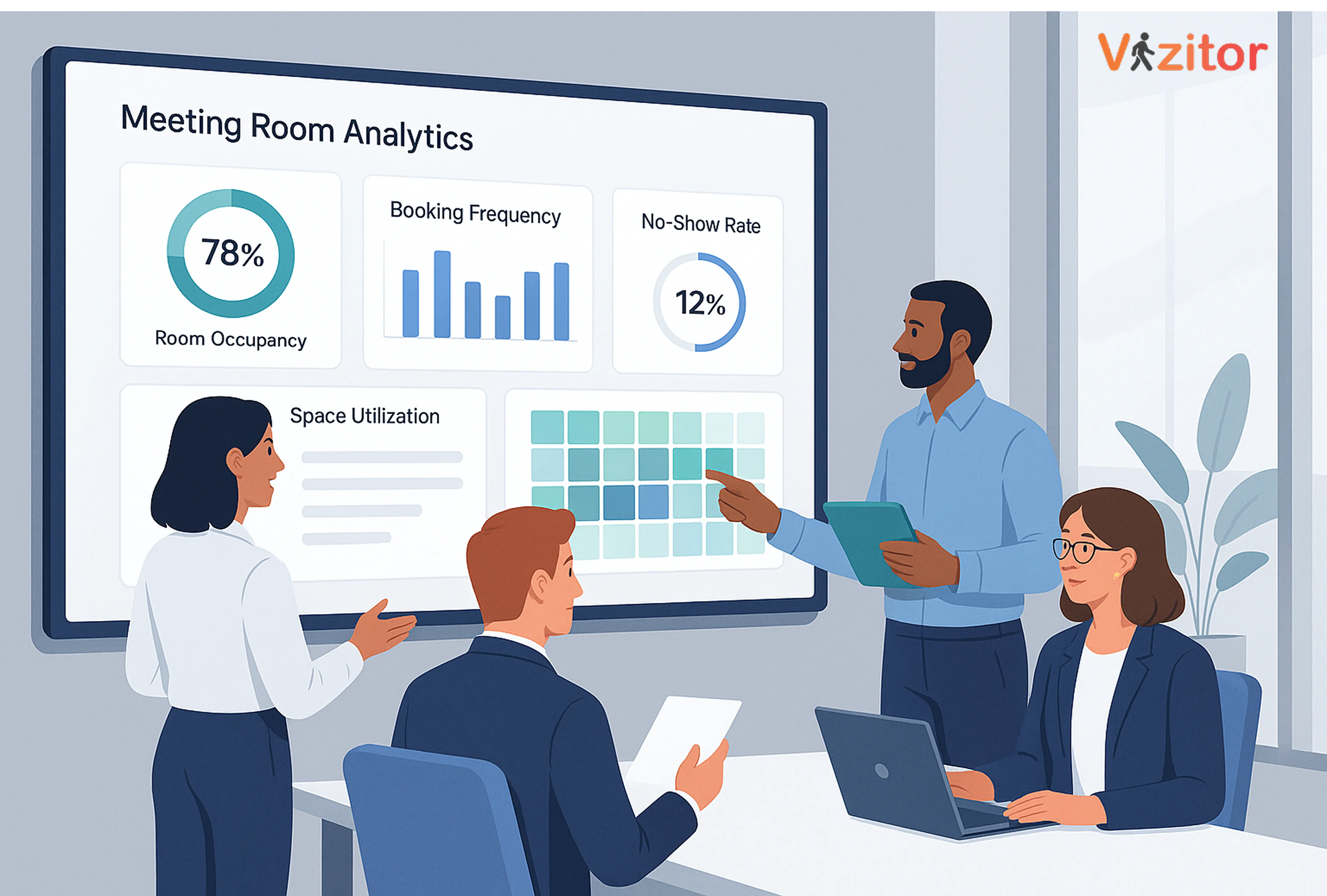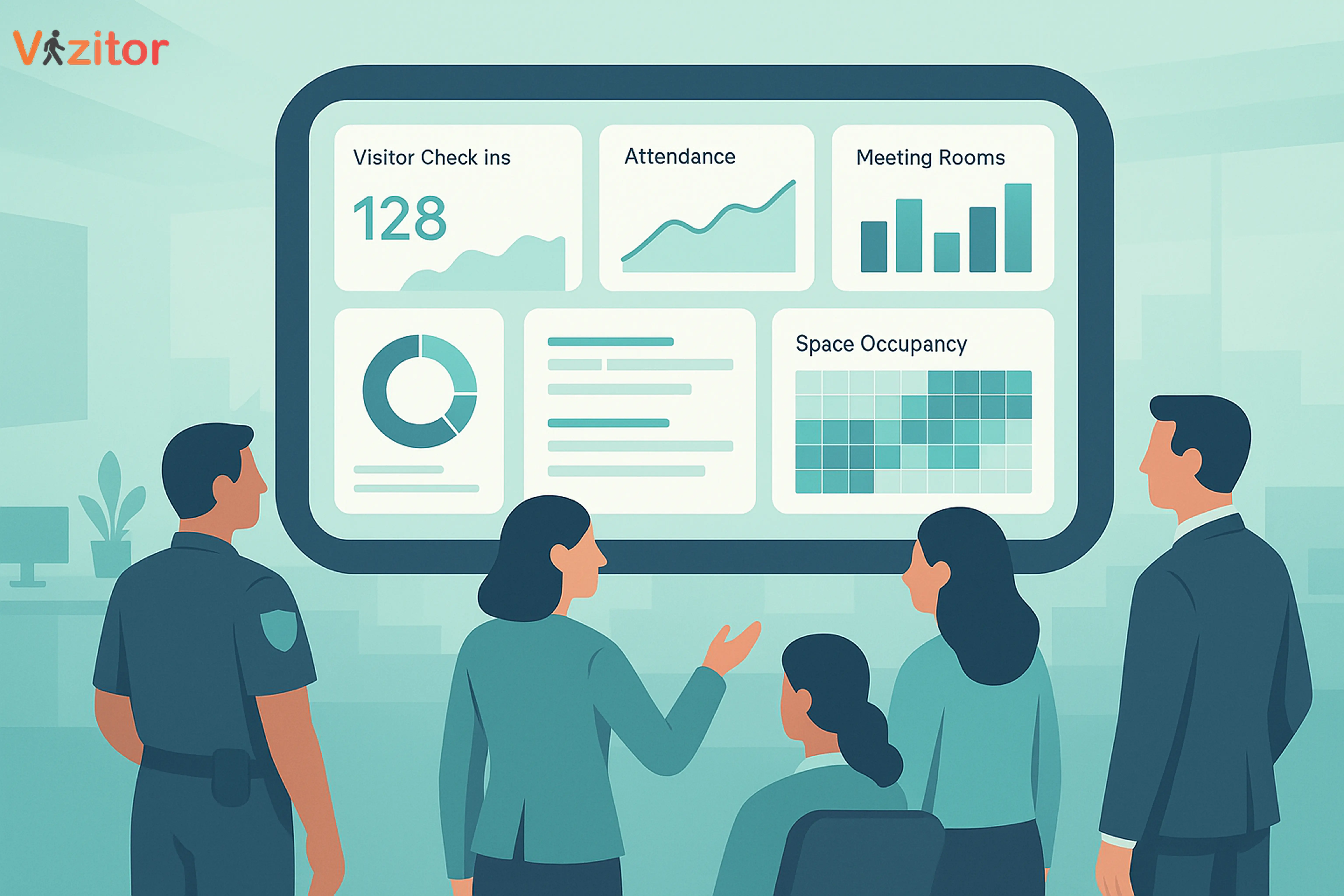3 Eco-friendly Cost Saving Tips for your Office!
Reducing costs and supporting sustainability don’t have to be separate goals. This guide explores three eco-friendly strategies: remote work, cloud computing, and going paper-free that help your office save money, increase efficiency, and reduce environmental impact.

Table of Content
Try Vizitor for Free!

Published on: Fri, Jan 15, 2021
Last updated: 2025-09-24
Read in 5 minutes
Introduction
In today’s business environment, organizations are constantly looking for ways to reduce overhead costs while also improving operational efficiency. At the same time, sustainability has become a critical focus, with companies aiming to minimize their environmental footprint.
What if there were strategies that saved your office money and supported eco-friendly initiatives at the same time? Fortunately, there are practical approaches that achieve both. Implementing these strategies not only benefits your bottom line but also enhances your brand reputation and creates a modern, efficient workplace.
Here are some ways for cost-saving that are Eco-friendly and save money at the same time.
1. Permit Remote Work Options
Why Remote Work Saves Costs and Helps the Environment
One of the most effective ways to save money is by allowing employees to work remotely. Physical office space represents one of the largest overhead expenses, including rent, utilities, and maintenance. By enabling remote work, companies can significantly reduce these costs.
Benefits include:
- Reduced Office Overhead: Fewer employees in the office means lower electricity, water, and maintenance expenses.
- Lower Commute Costs: Employees avoid daily commutes, cutting down on fuel consumption and carbon emissions.
- Increased Employee Satisfaction: Remote work offers flexibility, improving morale and reducing turnover.
- Attracting Talent: Many professionals now prioritize remote work options when choosing jobs.
How to Implement Remote Work Efficiently
- Establish clear remote work policies, including guidelines for hours, communication, and performance expectations.
- Use collaboration tools like Slack, Microsoft Teams, or Zoom for seamless communication.
- Monitor productivity metrics without micromanaging, focusing on outcomes rather than hours.
- Encourage a hybrid model if full-time remote work isn’t feasible, balancing in-office presence with flexibility.

2. Switch to Cloud Computing
Why Cloud Computing Reduces Costs
Cloud computing allows employees to share and access information from anywhere, eliminating the need for physical servers and reducing IT maintenance costs. By adopting cloud-based solutions, offices can:
- Cut Hardware Costs: No need for expensive, power-intensive servers or storage devices.
- Reduce Travel Expenses: Employees can collaborate remotely, minimizing the need for travel to access documents or attend meetings.
- Lower Printing Costs: Digital storage reduces reliance on paper-based documentation, saving money and resources.
Cloud-Based Visitor Management
A great example of cloud adoption is cloud-based visitor management systems, such as Vizitor. These systems streamline visitor check-ins, maintain digital records, and eliminate paper logs entirely. This approach reduces operational costs, improves security, and enhances visitor experience.
Key Features of Cloud Visitor Management Systems:
- Real-time visitor tracking accessible remotely
- Automated notifications and alerts for staff
- Paperless digital logs to reduce waste
- Integration with other business systems for seamless operations
Implementation Tips
- Assess your current IT infrastructure to identify areas that can transition to the cloud.
- Choose scalable cloud solutions to support business growth.
- Ensure robust security measures such as encryption and access controls to protect sensitive data.
- Train employees to use cloud tools effectively to maximize efficiency.

3. Go Green and Paper-Free
The Costs of Paper Usage
Paper usage in offices leads to wasted resources, including trees, water, and energy. Beyond environmental concerns, traditional paper systems create inefficiencies and increase costs due to storage, printing, and manual handling.
How to Transition to Paper-Free Operations
- Adopt digital documentation and cloud storage to minimize printing needs.
- Implement digital signatures for approvals, contracts, and internal workflows.
- Use paperless visitor management at the front desk to track visitors efficiently.
- Encourage employees to reuse or recycle when paper is necessary.
Benefits of Going Paper-Free
- Cost Savings: Less spending on paper, ink, and printing equipment.
- Efficiency: Digital records are easier to search, share, and manage.
- Sustainability: Reduces environmental footprint, supporting corporate social responsibility goals.
- Data Security: Digital systems offer better access controls, reducing the risk of lost or misfiled documents.

Additional Tips for Eco-Friendly Office Practices
Beyond the main strategies, offices can adopt additional measures to save costs and reduce environmental impact:
- Energy-Efficient Lighting: Switch to LED bulbs and smart lighting systems to cut energy bills.
- Smart Thermostats: Automate heating and cooling for energy efficiency.
- Eco-Friendly Office Supplies: Choose recycled or biodegradable products.
- Waste Segregation and Recycling: Encourage proper waste disposal to reduce landfill contributions.
- Sustainable Transportation: Offer incentives for carpooling, cycling, or public transport.
FAQs About Eco-Friendly Office Cost-Saving Strategies
Q1: How much can an office save by allowing remote work?
Savings vary based on office size and expenses but can include significant reductions in rent, utilities, and office supplies, often amounting to thousands annually.
Q2: Is cloud computing secure for sensitive business data?
Yes. Reputable cloud providers use encryption, access control, and compliance standards to protect sensitive information.
Q3: Can going paperless really reduce costs significantly?
Absolutely. Offices can save on printing, paper, storage, and staff time spent managing physical documents.
Q4: What are the environmental benefits of remote work?
Remote work reduces commuter emissions, decreases energy use in offices, and lowers overall carbon footprint.
Q5: How can visitor management systems help in sustainability efforts?
Digital visitor management systems eliminate paper logs, streamline check-ins, and reduce the need for physical infrastructure, contributing to eco-friendly operations.
Conclusion
Implementing eco-friendly, cost-saving strategies is no longer just an option, it’s a smart business decision. Remote work, cloud computing, and paper-free operations can drastically reduce overhead costs while supporting sustainability goals.
By adopting these practices, offices not only save money but also enhance employee satisfaction, streamline operations, and demonstrate environmental responsibility.
Explore Vizitor’s cloud-based, paperless visitor management system today and take the first step toward an eco-friendly, cost-efficient office.










